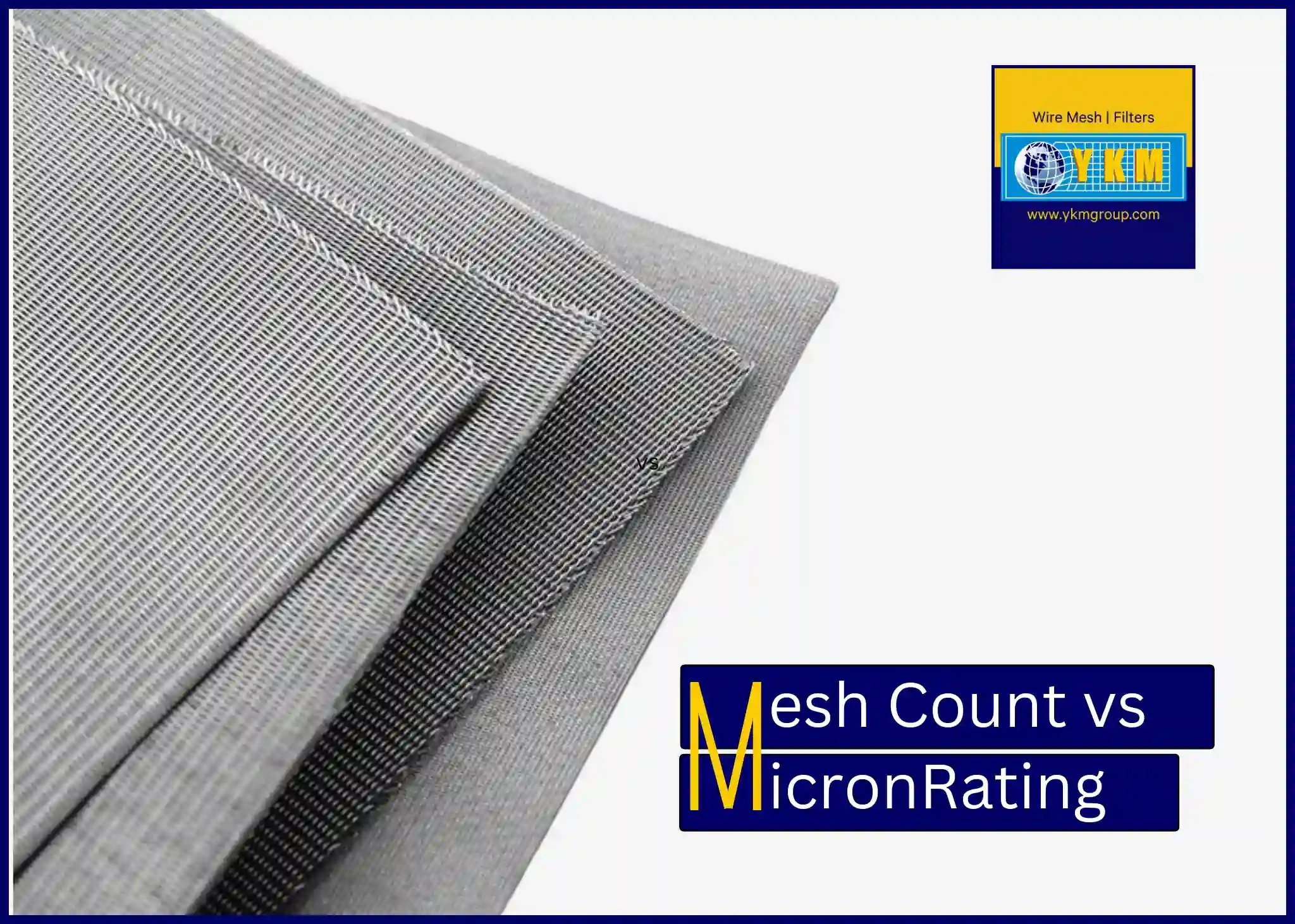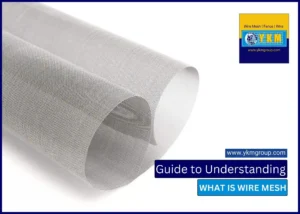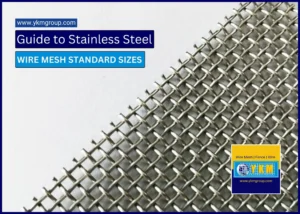Mesh Count and Micron Rating stand as vital metrics, each offering unique insights into the characteristics of materials. The mesh count vs micron rating measurements play a pivotal role in diverse fields, ranging from manufacturing to filtration processes, influencing product quality and performance.
Unveiling the Significance of Mesh Count and Micron Rating
In today’s industrial landscape, understanding Mesh Count vs Micron Rating is paramount. Mesh Count refers to the number of threads per inch in a sieve screen, defining its porosity.
On the other hand, Micron Rating measures the size of particles that can pass through a filter, indicating filtration efficiency.
These measures play an indispensable role in filtering processes across diverse sectors, including pharmaceuticals, food and beverage, and manufacturing.
Understanding Mesh Count: Defining Precision
Mesh Count denotes the density of threads in a sieve, crucial in determining the fineness of materials. A higher Mesh Count signifies finer sieves, allowing smaller particles to pass through while sieving, crucial in applications like flour milling, particle analysis, and ceramics.
Mesh Count is a measure that determines the number of apertures or openings per linear inch in a sieve or screen. It’s widely used in assessing the coarseness or fineness of a screen.
100 mesh and higher are common mesh count used for filter screen. Different industries utilize Mesh Count for various purposes, such as particle separation in mining, grading materials in construction, and filtering processes in the food industry.
Importance of Micron Rating: Filtering Precision
Micron Rating, often used in filter media, signifies the smallest particle size that a filter can trap. This measurement proves fundamental in industries such as water purification, oil filtration, and air conditioning, ensuring high-quality output and efficient operations.
On the other hand, Micron Rating quantifies the size of particles that a filter can capture, represented in micrometers. It measures the average size of particles passing through a filter. The Micron Rating finds applications in ensuring the purity of liquids and gases in pharmaceuticals, oil and gas industries, and water filtration systems.
Difference Between Mesh Count and Micron Rating: Understanding Variance
While both Mesh Count and Micron Rating relate to particle size, they address distinct aspects. Mesh Count focuses on sieve screen porosity, measured in threads per inch, whereas Micron Rating pertains to the size of particles a filter can capture, measured in microns.
The variance lies in their application—Mesh Count in sieving operations and Micron Rating in filtration systems—each pivotal in their respective domains.
While both parameters measure filtration capabilities, they differ fundamentally in their approach. Mesh Count quantifies the number of openings, whereas Micron Rating focuses on particle size. This variance leads to different applications and suitability in various industries.
Side by Side comparison in terms of Mesh Count vs Micron Rating
| شبكة العد | Micron Rating |
| Measurement: Indicates the coarseness or fineness of a screen by counting the number of openings. | Measurement: Specifies the average size of particles that can pass through a filter. |
| Applications: Used in various industries for particle separation, grading materials, and filtering processes. | Applications: Employed to ensure purity in liquids and gases, especially in pharmaceuticals, oil and gas, and water filtration. |
| Differentiation: Focuses on the number of openings in a screen. | Differentiation: Focuses on the size of particles that can pass through a filter. |
| Advantages: Offers simplicity and suitability for larger particles. | Advantages: Provides precision in determining smaller particle sizes. |
| Limitations: Limited accuracy for smaller particle sizes. | Limitations: Restricted in assessing larger particle sizes effectively. |
| Industry Impact: Influences various filtration and sieving processes across multiple sectors. | Industry Impact: Crucial in maintaining filtration standards, especially in industries requiring stringent purity levels. |
However, limitations exist for both measures regarding their respective ranges of accuracy and versatility in different filtration scenarios.
Factors Influencing Mesh Count and Micron Rating: Unraveling Variables
Numerous elements influence these measurements, including material composition, thread diameter, and manufacturing processes. Understanding these variables aids in optimizing the selection of Mesh Count or Micron Rating for specific applications, ensuring efficiency and accuracy.
استنتاج
In summary, Mesh Count and Micron Rating play vital roles in filtration processes across industries. Understanding their differences, advantages, and limitations is pivotal in selecting the most suitable parameter for specific filtration needs.
Still having doubts? Call the expert wire mesh manufacturers near you today on +971 58 677 7772 and get the best solution for your needs.




